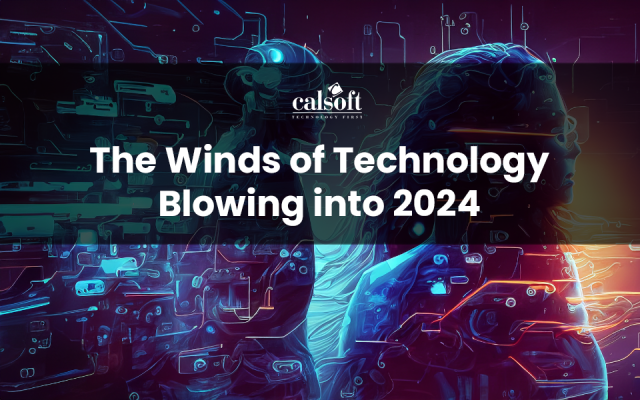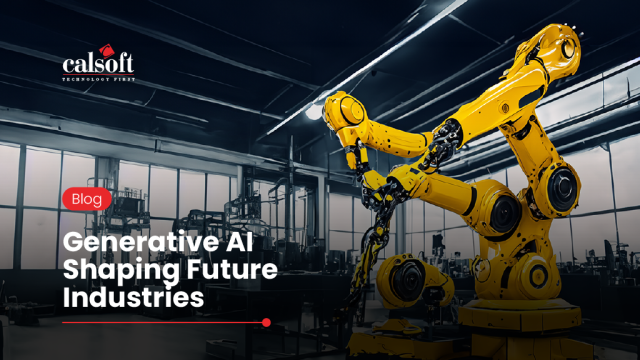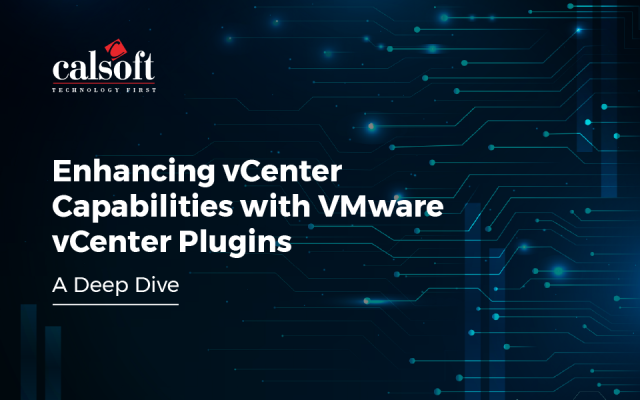There is one simple question to ask, to determine whether business needs a backup and disaster recovery plan: “Can business continue to function with any critical data, applications and operations being lost?” Yes is the only answer that would indicate that it does not need a feasible and reliable disaster recovery plan.
Let’s face it, any system has its data at risk. There could be a machine error, a virus, a human error, or even a natural disaster, which could just ruin systems data. Not having the proper backup plan in place could mean losing all your critical data. Because data is the heart of the enterprise, it’s very crucial to protect it. And to protect organization’s data, there is need to implement a data backup and recovery plan.
One practical example for this situation is “The VMware App Volume BCDR Manager”.
VMware’s App Volume is an application delivery system through which applications are delivered to virtual environment like virtual desktops through vmdk without modifying the VM.
BCDR Manager is an application intended to simplify the manual steps required to enable a GSS supported App Volumes business continuity and disaster recovery configuration for production customers. As of version 2.6, App Volumes does not include all of the features necessary to make BCDR operative without several manual steps that must be repeated after every configuration change and most operational steps,.e.g. updating an App Stack. App Stack is like a virtual disk which contains one or more application that can be assigned to user as a Read only disk.
The App Volume BCDR Manager has the primary responsibility to replicate and populate App Stack(that comprise of .vmdk and .metadata files) to administrator-defined App Volumes storage group datastores. This replication of .vmdk’s is performed for business continuity (intra-site) and disaster recovery (inter-site) .
For Disaster Recovery scenarios, the goal of the BCDR Manager is to replicate and populate App Stack .vmdk files across the primary and fail over data center instances.
BCDR Manager is built as a Windows Service. This windows service has primarily two components, Replication Engine & Management Layer.
Replication Engine:
Source Mode – The Replication Engine component will be responsible for the actual replication of the AppStack (.vmdk and its .metadata file) to its peer on the Recovery Site.
Target Mode – The Recovery Site peer component will cache the replicated Appstacks (VMDKs and its .metadata file) locally and then copy them to one or more destination data stores within its site. The replication engine will also ensure that site-to-site copy operation will be performed only once per VM and subsequent intra-site operations will occur locally.
The replication engine will perform the following high-level steps,
- Receives replication parameters (Appstack .VMDKs, target sites, credentials, replication schedule etc.)
- For every on-demand or scheduled replication cycle, will create copy on the recovery site for each VMDK.
The replication engine will utilize the VMware VDDK’s Windows libraries
Management Layer:
The management layer constitutes the user interfaces for the BCDR Manager Service. It provides an interface for users to perform the activities which will help the Back up Recovery process.
The process now flows as the administrator will keep taking backups at regular intervals, maybe every hour or every day, whatever is the interval he selects, he is well assured that his data is safe. So whenever the primary server is down for any possible reason, we have a server which has all the data that has been generated on our primary server, all this while. This will ensure business continues as usual without having a major setback.
So the bottom line is, every business out there is is adaptable to an IT disaster for this the only way to ensure that business reduce its intrusion is to have a speed recovery due to a well-crafted backup and disaster recovery plan.
To know more email: marketing@calsoftinc.com
Contributed by: Monika Manwani| Calsoft inc






